|
Product Information |
|
Product name |
Nonapeptide-1 |
|
CAS No. |
158563-45-2 |
|
Molecular Formula |
C61H87N15O9S |
|
Molecular Weight |
1206.50 |
|
Quality Standard |
99% up, Cosmetic Grade/Medicine Grade |
|
Appearance |
White powder |
|
COA of Nonapeptide-1 |
|
TEST |
SPECIFICATION |
RESULTS |
|
Appearance |
White powder |
Complies |
|
Identification |
IR |
Complies |
|
|
HPLC |
Complies |
|
Heavy metal |
≤10ppm |
5ppm |
|
Pb |
≤3ppm |
1.5ppm |
|
Hg |
≤0.1ppm |
0.05ppm |
|
Cd |
≤1ppm |
0.2ppm |
|
Loss on drying |
≤0.5% |
0.12 |
|
Residue on lgnition |
≤0.1% |
0.03 |
|
Single impurity |
≤0.5% |
0.12 |
|
Total impurity |
≤1.0% |
0.29 |
|
Total bacteria |
≤1000cfu/g |
<1000 |
|
Yeast and Mould |
≤100 cfu/g |
<000 |
|
E.coli/25g |
Absent |
Absent |
|
Salmonella/25g |
Absent |
Absent |
|
Assay |
≥99.0% |
99.4% |
|
Conclusion |
Conforms with USP/EP standards |
|
|
Usage |
Function of Nonapeptide-1
Nonapeptide-1, also called Melanostatine™ 5, is a propriety peptide that was originally developed for its antimicrobial activities. Animal research has revealed, however, that nonapeptide-1 can inhibit the synthesis of melanin, which makes it of interest for treating certain skin conditions. Animal models suggest that nonapeptide-1 can reduce synthesis of melanin and help decrease skin pigmentation to a substantial degree.
Nonapeptide-1 was first isolated from the yeast Streptomyces clavifer, but is now produced synthetically through recombinant genetic technology. It was first developed for its antimicrobial activities, but has since been found to be a strong inhibitor of melanin formation laboratory studies of yeast and melanoma (skin cancer) cells . Nonapeptide-1 consists of the amino acids arginine-lysine-methionine-phenylalanine-proline-tryptophan-valine.
Research in fungi indicates that nonapeptide-1, at a concentration of 200 ug/mL, is capable of fully inhibiting the synthesis of melanin2. Fungi are used in this particular research because they more closely approximate conditions in human cells, but require fewer resources than animal models. Research in animal models indicates that nonapeptide-1 may effectively reduce pigmentation, after just one application, for up to 28 days at a timev[5]. At 100 micromolar concentration, nonapeptide-1 can inhibit 25-35% of tyrosinase activity in animal models and can reduce the melanin content of melanocytes by 27-43%.
Nonapeptide-1 is of primary research interest for its ability to reduce hyperpigmentation by inhibiting the action of tyrosinase in melanin-producing cells. The ability to regulate melanin production has potential application in a number of conditions, including photodamage of the skin.
Research also suggests that nonapeptide-1 may play a role in the central nervous system where it may act on both dopaminergic receptors and opioid receptors to modify pain signaling as well as behavior. Studies in mice support the idea that nonapeptide-1 may have central actions that affect behavior and pain.


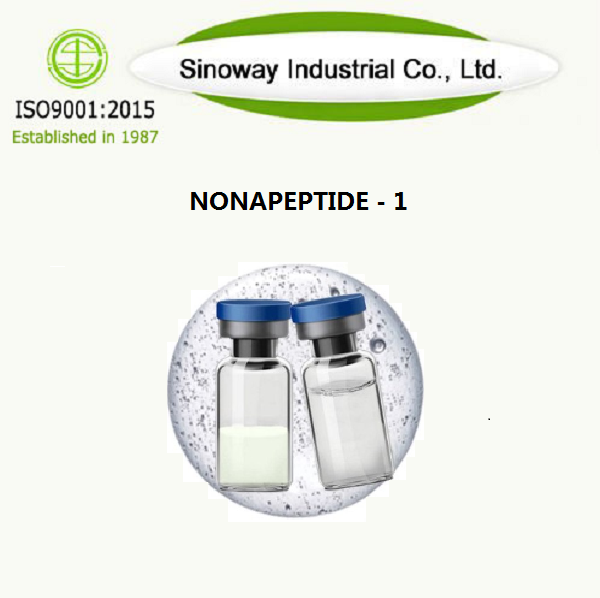
 Gold supplier
Gold supplier
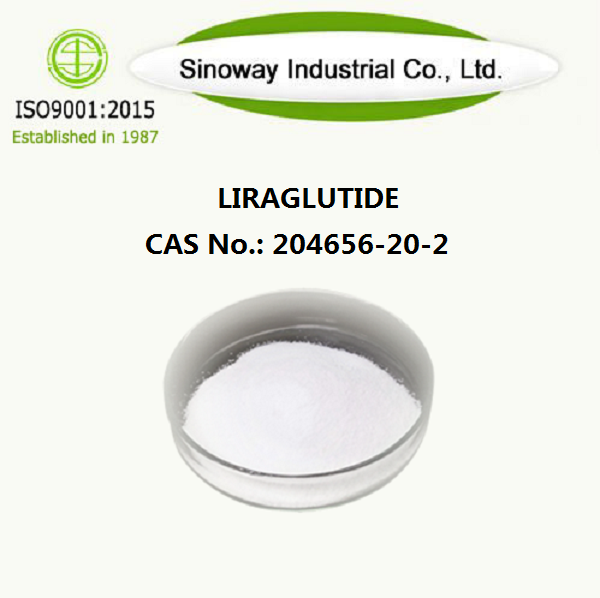
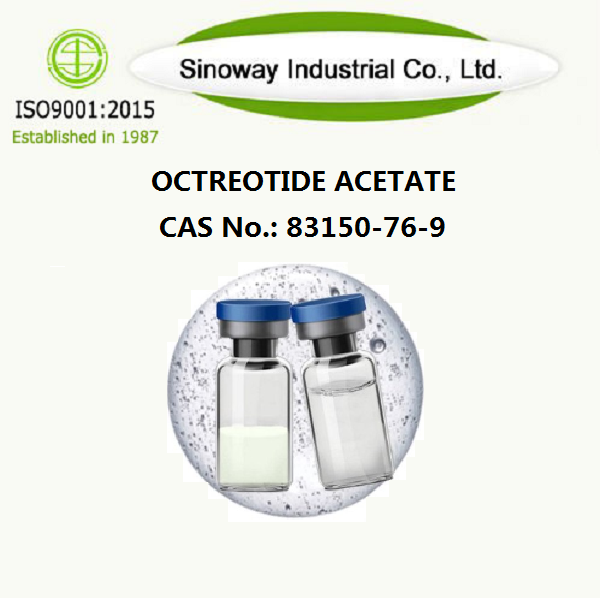
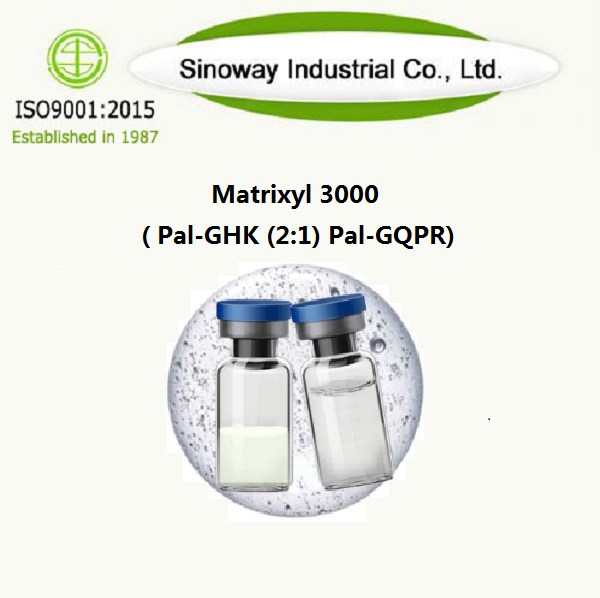
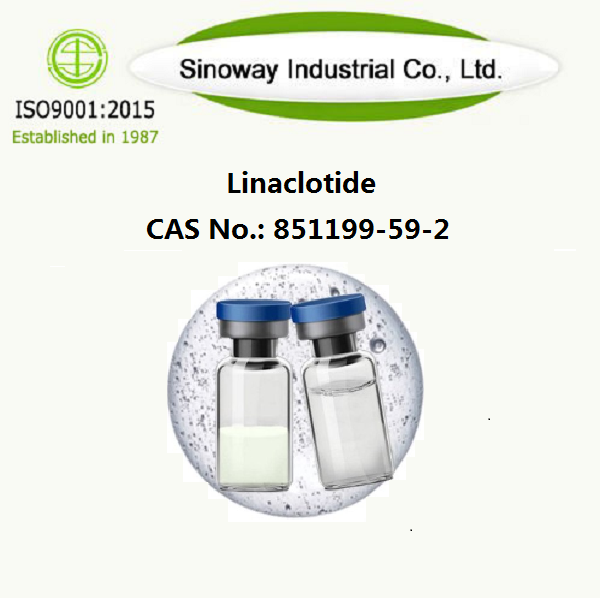
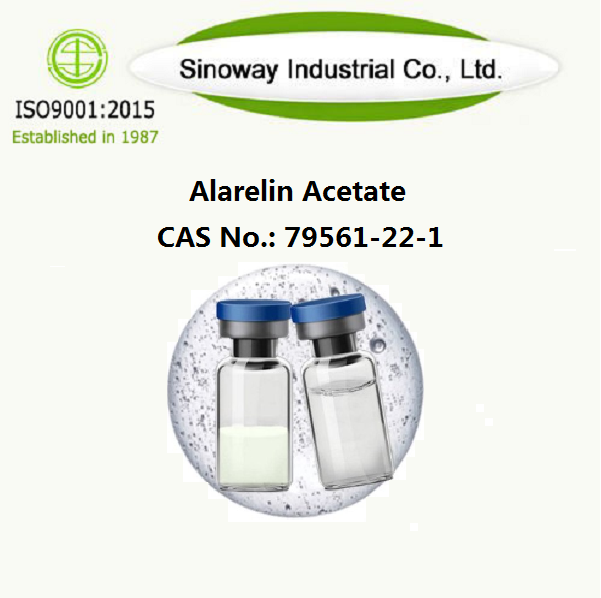



 Facebook
Facebook  Twitter
Twitter  Linkedin
Linkedin  YouTube
YouTube  Blogger
Blogger  Instagram
Instagram 
















